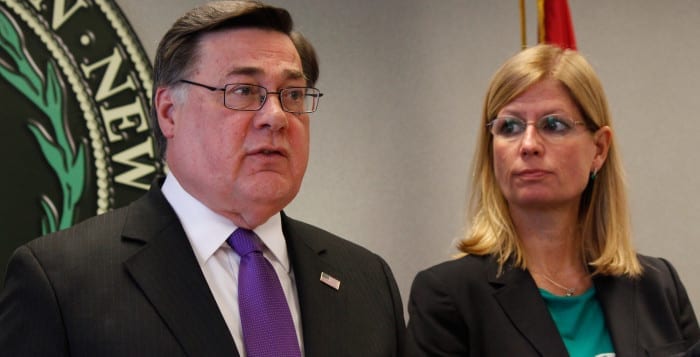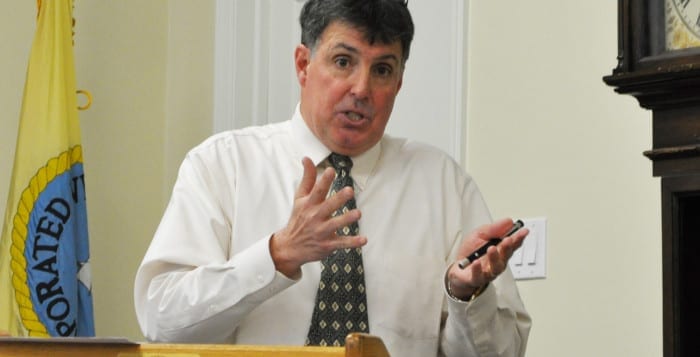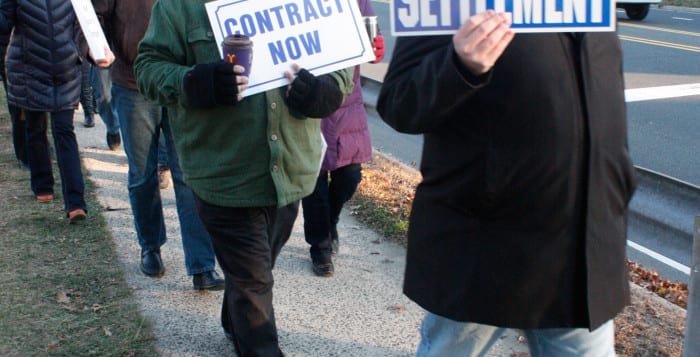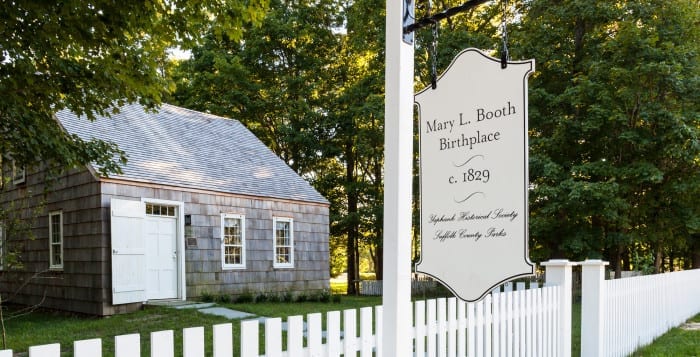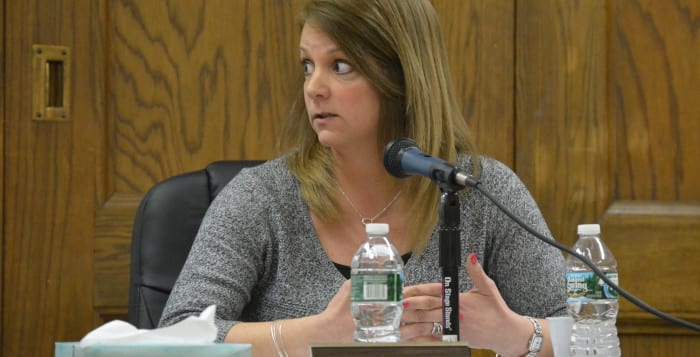By Joan Nickeson
I read with interest the recent opinion article by Comsewogue school board trustee Ali Gordon (Team up to starve New York’s testing machine, March 12). I applaud her efforts. She explains how the governor tied his latest education policy to our state budget, a game where no one wins.
As an occasional contributor to this paper, I share thoughts on the organics of life: water conservation and wildlife, civic engagement, writing love letters, and about my daughter preparing for college — all untidy ventures. But being a student is untidy. Educating children is an organic experience; a hands-on, creative occupation. Our teachers tend to our children all day long. Not unlike rangers, they patrol for danger. Like gardeners, they employ means by which to rid the soil of invasive species. Ms. Gordon has shed light on the parasites.
Education’s root word, “educe,” means bring forth or draw out. It is untidy business. As adults, we know children grow at their own pace. A few bloom early, boldly. Some reach for help; others need coaxing. Some never extend themselves. Having tools and space helps to “bring forth” the students, and adequate funding is necessary for this organic endeavor. Forcing children to take poorly-worded standardized tests doesn’t help. Linking teachers’ employment and the health of school district to the results of any test should be actionable.
Whatever nutritive or non-nutritive fuel contributes to children’s abilities during the day, it is the work of the educators to draw out. They know children have learning challenges that are unrelated to curriculum or tests. I think we all know some come to school on empty stomachs. We know some have family trauma. Many lack confidence. Some are angry and conflicted. Some are bullied and, during math, plan how to get on the bus without being confronted. Some at school are ill and unfocused. Some are dreamers engaged in internal dialogs instead of listening. Others are preoccupied about professional sports teams, because that’s the focus of a parent. We know some whose first languages are not English, who risk their lives to cross the U.S. border to connect with a parent living in our districts. Education is fraught with immeasurable obstacles.
But let me see — in the words of Joe Pesci in “My Cousin Vinny” — what else can we pile on? The tax cap! Which could lead to budget cuts to academics, requiring placement of more and more of our budding children into a single classroom. Do it five periods a day. Do it 180 days a year. Force educators and administrators to douse children with tests created by businessmen who have an eye on their ledgers and the charter school lobby, who are literally banking on our students failing the test. It is unconscionable.
Yet our teachers were predominately evaluated effective or highly effective last year in a New York State Education Department-approved evaluation process.
We need to demand participation in state policy through open legislative debate. We need to opt out of the Common Core-linked standardized tests so our teachers can get back to the organic pursuit of education.




